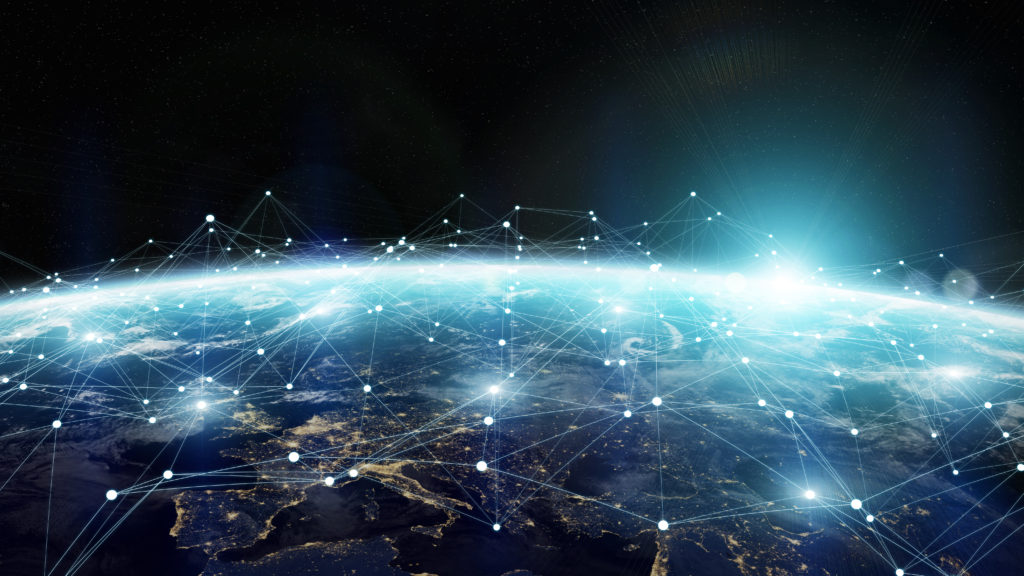- People
- Expertise
Our expertise
We are a team of more than 500 professionals, with the depth of experience which makes us genuine experts in our fields. Together, gunnercooke’s people have strength across just about every corporate discipline and sector. We provide legal, commercial and strategic advice that delivers real value to the clients we work with, which span from multinational enterprises through to unicorns and non-for-profit organisations. Our breadth of expertise covers some of the most interesting and important emerging disciplines, from ESG and charity law, to blockchain and competition.
Search by practice areaDispute ResolutionDispute Resolution OverviewMeet the Dispute Resolution TeamIntellectual Property DisputesFinancial Services & FinTech OverviewProceeds of CrimeEmployment TribunalTax InvestigationProperty Dispute ResolutionInsolvency DisputesMediationCivil Fraud & Asset TracingHealth & SafetyBusiness Crime & InvestigationsLitigation & ArbitrationInternational Arbitration - International
International Offices
The gunnercooke group has 15 main global offices across England, Scotland, the US, Germany and Austria, with further plans for growth in the coming years. These offices enhance the existing in-house capability of our dedicated international teams and dual-qualified experts that cover Spain, France, Italy, Portugal, Brazil, China, India, Poland and Hungary. Our team have clients across 123 jurisdictions, speak 46 languages and are dual-qualified in 21 jurisdictions. Our expertise means we can offer large teams to carry out complex cross-border matters for major international clients.
- Our story
Our story
gunnercooke is the fastest growing corporate law firm in the UK, now making its mark globally. We comprise a rapidly growing number of experts spanning legal and other disciplines. Clients benefit from flexible options on fees to suit their needs, access to a wider network of senior experts throughout the relationship, and legal advice which is complemented by an understanding of the commercial aspects of running a business.
- Reading Room
- News & Insights

The year 2021 witnessed the rapid growth of Web3 technologies, from the emergence of non-fungible tokens to the rise of digital asset tokenisation platforms. While these technologies slowly attracted more developers and investors with the aim of creating a more transparent and user-centric digital environment, Artificial Intelligence (AI) projects took the spotlight in 2023, stealing the attention from Web3 technologies.
Some critics argue that the rise of AI potentially spells the end for the Web3 sector, but this claim is far from true. While each technology possesses unique capabilities that can reshape many industries on their own merits, their integration can create a powerful synergy that truly drives innovation and digital transformation.
Let’s take data-driven decision-making as an example. AI, with its ability to analyse vast amounts of data, provides valuable insights to its users. On the other hand, Web3 technologies offer decentralised and secure data storage and sharing mechanisms. By combining AI’s tools with Web3’s mechanisms, businesses can leverage AI to process data stored on Web3 platforms, enabling smarter decision-making for their users.
Decentralised autonomous organisations (DAOs), which are Web3 community-driven entities governed by smart contracts and decision-making mechanisms, can also benefit greatly from the integration of AI. By utilising AI’s ability to automate processes and analyse community sentiment, DAOs can operate more autonomously and transparently. This empowers them to unlock new opportunities for their communities and enhance their operational efficiency.
Moreover, AI and Web3 technologies provide robust solutions for security and privacy concerns. AI algorithms can be trained to detect and mitigate cybersecurity threats, while Web3’s decentralised infrastructure eliminates single points of failure and enables secure storage of sensitive data. By leveraging AI’s capabilities within the Web3 ecosystem, businesses can ensure the integrity and confidentiality of their digital assets and data.
The integration of AI and Web3 technologies is inevitable due to the alignment of their core principles and the ways they can improve each other. Web3’s values of decentralisation, immutability, and transparency complement AI’s growing need for trustworthy and reliable data sources. By utilising Web3’s tamper-proof decentralised ledger technology, AI algorithms can rely on diverse data sources while ensuring data integrity and auditability.
That said, there are a few challenges that such integration will pose, and establishing clear and robust regulatory frameworks that support the growth of both technologies is one of them. We have previously discussed here why it will be challenging to regulate AI technologies, and regulating AI and Web3 spaces simultaneously presents unique challenges due to their distinct characteristics and complexities.
AI and Web3 technologies are evolving at a rapid pace, making it challenging for regulators to keep up with the latest developments and ensure that regulations remain relevant and effective. Such regulation requires expertise from various domains, making it challenging to create comprehensive regulations that adequately address all aspects. Moreover, due to the ethical concerns surrounding AI and Web3, developing legal frameworks that address these while fostering innovation can be a delicate balancing act.
Despite all the challenges, the interaction between Web3 and AI technologies presents a powerful synergy that amplifies the capabilities of both. By integrating AI and Web3, businesses can unlock innovative solutions, enhance data-driven decision-making, and improve trust and transparency for their users. Therefore, if policymakers, technologists, and key stakeholders manage to address the above challenges, this integration has the opportunity to truly revolutionise our economies, reshape industries, and empower individuals.


